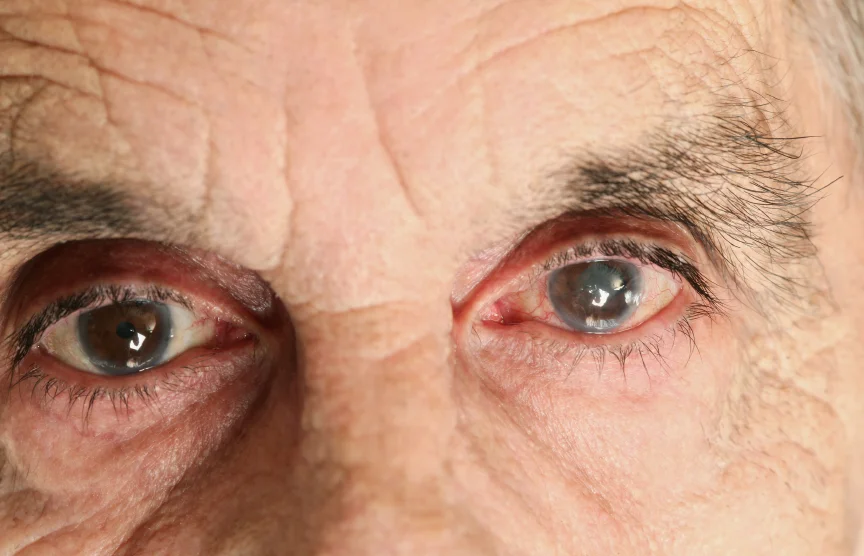Tweeting EyeMDs: the sound of more than one hand clapping
/I've been using Twitter since Aug 2008 and have been getting more active in recent months as I begin to better understand how to use it to gather information. Yes, when it comes to getting one direction information, such as news stories before they hit radio and at least one day before they reach the newspapers, it has been great. But what of the interaction we look for in something that falls into the category of social networking? Can we interact on Twitter or is it just meant to be individuals sending out their tidbits of info and hopefully somebody will hear them? Do we need to all use FriendFeed for a more obvious way to thread conversations? This would imply that there is more than one person out there to participate in a dialog! Is there a way to use social media to enhance medical practices such as Ophthalmology by creating some sort of community?
If you look at the American Academy of Ophthalmology's list of Twitter followers, it currently stands at 514. Of those, a quick glance reveals that the vast majority of its followers are NOT ophthalmologists (EyeMDs.) If our professional organization cannot even attract a large chunk of our membership, then you might think that they need a stronger social media advocate to let the membership know that they are tweeting important news items such as research articles, and notices of upcoming conferences. To begin to leverage social media such as Twitter as a clinically useful tool for us to help our patients, we need to start with a critical mass of EyeMDs on Twitter. This becomes a chicken or egg issue of what comes first, since members would need to see what Twitter can do for them aside from suck away big chunks of our valuable time as we read items of interest that we never even knew were out there!
Ocular Surgery News Supersite logo
While pondering how to let other EyeMDs know about Twitter and what social media will do for EyeMDs, an interesting opportunity fell on my lap. OSNSuperSite and I have been following one another for a number of months and were each liking what we were seeing and posing similar questions on the use of Twitter as an educational tool. They decided to invite a couple of EyeMDs to tweet half of a day of patient care to see what would happen. The experiment ran yesterday, Wednesday 26Aug2009, with Cary Silverman (@TheLASIKDoc) and I (@robschertzer) tweeting from our clinical practices. As we are in different time zones, there was only 30 minutes in which we planned to overlap. When @OSNSuperSite saw the tweets coming in early, as I begin from home and also have some tweets programmed to post at different times so that they reach people in different time zones, my tweets started to get retweeted by OSN before I even got to work. What became surprising and pointed to the success of the experiment, was that Dr Silverman and I began to interact, as did OSN, as the day evolved so that Dr Silverman kept on tweeting beyond our scheduled overlap time with him in the operating room.
Although Twitter can fall victim to being the sound of just one hand clapping or a tree falling in the forest with nobody to hear it, we did start to make sounds as we began to interact. I also become more aware of the scope of the challenging cases I have to deal with on a daily basis and the challenges in educating patients in the office while keeping patient flow unobstructed; an exercise in reflective micro-journal writing. One highlight was when Dr Silverman mentioned his use of a Malyugin Ring for a Flomax patient to reduce the floppy iris to which I commented on it also being a life saver for me with my glaucoma patients that have small pupils. In piped OSN with a link to an article on-line talking about the Malyugin Ring and showing videos on its use. THIS IS WHAT SOCIAL MEDIA SHOULD BE ABOUT! That was the Ah-ha moment for me during the day. Other interaction was related to sympathizing with the challenging patient problems. If there were more EyeMDs on-line then I am sure that what we would have learned from each other to make for a richer experience beyond empathy and sympathy that could also have led to other clinicians piping in with advice.
The OSNSuperSite day of 140 eye tweets hinted at what EyeMDs can get out of tweeting clinical comments throughout the day. Now that we see its potential, let's work on getting the critical mass.

